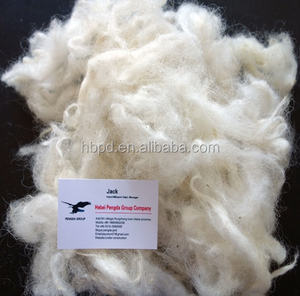What Material Is Cashmere? Understanding Its Special Characteristics and Uses
What Material Is Cashmere? Understanding Its Special Characteristics and Uses
Blog Article
Reasons You Have To Need Cashmere an All-natural Fiber for Convenience and Beauty in Everyday Put On
In the realm of fabrics, few fibers measure up to the luxury and convenience of cashmere. This unique material, recognized for its exceptional soft qualities and insulation, provides unequaled convenience and beauty for daily wear. What sets it apart from various other fibers? Just how does it impact the atmosphere and just how does it compare to synthetic options? Just how can one best make use of cashmere to raise their style? These interesting inquiries lay the foundation for an informing expedition right into the globe of cashmere.
Understanding the Luxurious Nature of Cashmere

Evaluating the Comfort Factor of Cashmere Clothes
What top qualities highlight the convenience aspect of cashmere garments? The softness of cashmere is the initial top quality to consider. Its plush appearance makes it feel like a second skin, supplying heat without the weight or itching connected with other wool products. Furthermore, cashmere's one-of-a-kind fiber framework enables breathability, controling temperature level and protecting against overheating. The product's flexibility and longevity make certain that it mold and mildews against the body comfortably, keeping its form gradually. Cashmere's hypoallergenic buildings also add to its convenience, making it a suitable selection for delicate skin. The capability to layer cashmere pieces without thickness enhances the convenience variable. Basically, the comfort of cashmere is originated from its soft qualities, breathability, durability, hypoallergenic nature, and versatility.

The Environmental Influence and Sustainability of Cashmere
While the convenience and elegance of cashmere are undoubtedly enticing, it's similarly vital to consider its relationship with the environment. Cashmere manufacturing, largely in Mongolia and China, entails elevating cashmere goats, which can dramatically stress breakable grassland ecosystems due to overgrazing. Efforts are being made to develop lasting cashmere production techniques, such as rotational grazing and cleaner processing methods.
Comparing Cashmere to Synthetic Fibers: A Cost-Benefit Evaluation
Despite its environmental challenges, cashmere provides an one-of-a-kind set of benefits over synthetic fibers. On the expense try this out side, cashmere is undoubtedly extra costly as a result of its labor-intensive production process. The advantages make it worth the financial investment. Cashmere's natural fibers provide unparalleled gentleness and heat, converting into comfort that synthetic fibers battle to match. Furthermore, cashmere pieces are extremely sturdy, promising longevity that offsets preliminary costs gradually. Unlike artificial fibers, cashmere doesn't add to microplastic pollution, making it a much more lasting option. In comparison, artificial fibers, while less expensive upfront, use much less convenience, have much shorter lifespans and position ecological problems. Thus, when assessing cost-benefit, cashmere's superior high qualities make it a beneficial financial investment for everyday wear.
Designing Tips With Cashmere for Everyday Beauty
Having actually considered the cost-benefit evaluation of cashmere contrasted to artificial fibers, it ends up being clear why this luxurious product is a favored option for several. When styling cashmere for day-to-day sophistication, simpleness is essential. Inevitably, the inherent sophistication of cashmere makes it a functional addition to any type of closet, easily enhancing daily clothing with a touch of luxury.

Conclusion
In enhancement, cashmere's sustainability and reduced environmental effect contrasted to artificial fibers even more see post enhance its charm. Spending in cashmere garments is a worthwhile decision for style, convenience, and sustainability.

Report this page